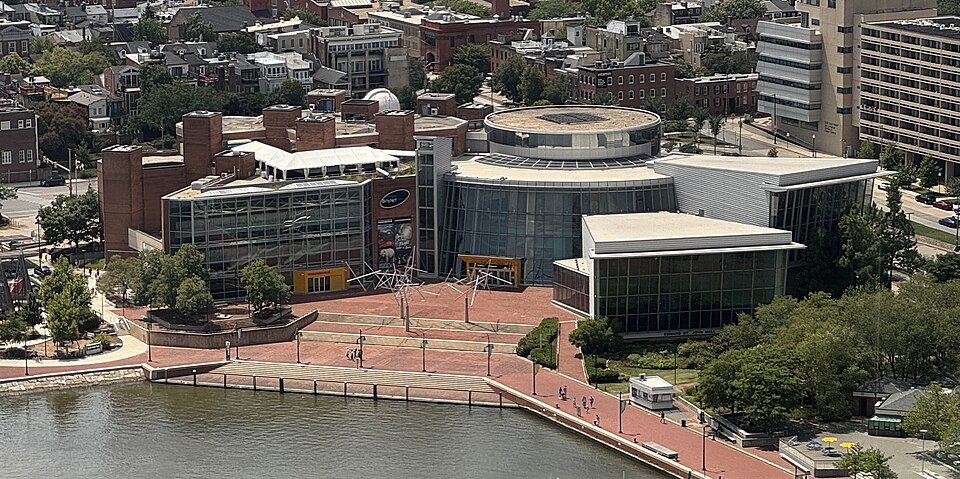Maryland’s unique all-payer rate-setting system creates complex ambulance billing challenges while Medicaid reimbursements, averaging $200-250, barely cover operational costs in the Baltimore–Washington corridor. High call volumes, dense traffic patterns extending transport times, and strict regulatory oversight require sophisticated revenue-cycle management to maintain financial viability in this competitive market. Successful Ambulance Collections in Maryland, therefore, hinge on specialized workflows tailored to the state’s distinctive regulatory climate.
Payer Mix Reality
Maryland ambulance services operate within a distinctive payer environment when managing Ambulance Collections in Maryland, with Medicaid representing 35% of transports, Medicare 33%, commercial insurance 24%, and self-pay patients 8%. The Baltimore–Washington metropolitan area’s diverse population creates additional complexity, with significant international patient volumes requiring specialized billing approaches for Maryland EMS billing recovery optimization and effective Ambulance Collections in Maryland.
Leading commercial payers include CareFirst BlueCross BlueShield (dominating with 70% market share), Kaiser Permanente, UnitedHealthcare, Aetna, and Johns Hopkins Health Plans. CareFirst’s market dominance and unique Maryland regulatory requirements demand careful attention to their specific protocols. Commercial reimbursement rates average $850-1,200 for BLS transports and $1,600-2,400 for ALS services, with significant variations between rural and urban jurisdictions that directly affect Ambulance Collections in Maryland. Collection rates reflect Maryland’s regulatory complexity—commercial insurance achieves 66-76% collections, Medicare 58-64%, Maryland Medicaid 42-48%, and self-pay patients 10-15% recovery, underscoring the need for expert Ambulance Collections in Maryland strategies.
State Medicaid & Compliance
Maryland Medicaid operates through a complex managed-care system with nine MCOs—including Aetna, CareFirst, Kaiser, and others—each maintaining distinct ambulance billing requirements. Ground ambulance reimbursement averages $200-250 for BLS emergency transports, with the Maryland Department of Health enforcing strict 365-day timely-filing limits and requiring extensive documentation for medical necessity. Mastering these nuances is critical for compliant Ambulance Collections in Maryland.
No Surprises Act implementation in Maryland builds upon existing state protections, including the nation’s first comprehensive balance-billing ban. Maryland ambulance-debt compliance requires strict adherence to regulations prohibiting balance billing for emergency services regardless of network status. The Maryland Insurance Administration provides aggressive oversight, with significant penalties for non-compliance affecting revenue-cycle operations and, ultimately, Ambulance Collections in Maryland performance.
Schedule a demo today—24-hour turnaround—to navigate Maryland’s complex regulatory environment while maximizing your Maryland emergency medical transport collections through Midwest Service Bureau’s specialized expertise.
Collection Laws
Maryland’s debt-collection framework provides extensive consumer protections through the Maryland Collection Agency Licensing Act and state-specific regulations exceeding federal FDCPA requirements. Agencies must obtain state licensing, post substantial bonds, and follow strict operational guidelines—all essential considerations for lawful Ambulance Collections in Maryland.
Medical-debt protections in Maryland include comprehensive restrictions on hospital collection practices, mandatory charity-care screening, and income-based repayment requirements. These measures significantly influence EMS-debt recovery strategies, requiring careful compliance management for sustainable Ambulance Collections in Maryland.
Local EMS Landscape
Maryland’s EMS system features a sophisticated mix of career departments, volunteer companies, and commercial services operating under strict state oversight. Major healthcare systems—including Johns Hopkins Medicine, University of Maryland Medical System, MedStar Health, and Adventist HealthCare—influence regional EMS operations and billing practices. Navigating these partnerships is vital for high-yield Ambulance Collections in Maryland.
The state’s 911 system encompasses ~350 EMS companies under MIEMSS oversight, with diverse county-based funding models. Dense urban areas like Baltimore and Montgomery County maintain large career departments, while rural counties rely on volunteer services supplemented by commercial providers, creating complex inter-jurisdictional billing scenarios that demand refined Ambulance Collections in Maryland workflows.
Case Study
In Baltimore County, the Regional Ambulance Consortium reduced 120-day A/R from $4.2 million to $2.3 million by re-engineering processes and improving MCO relationship management. Focusing on Ambulance Collections in Maryland within the state’s complex regulatory framework, the consortium increased net collections by $1.6 million annually. Key success factors included lowering MCO denial rates from 29% to 11% through stronger documentation, real-time authorization checks to prevent downstream denials, and specialized workflows that ensured full compliance with Maryland’s strict billing regulations, proving that sophisticated, state-specific strategies can dramatically improve Ambulance Collections in Maryland.
Contact Our Ambulance Collection in Maryland
Ready to optimize your ambulance collection in Maryland? Midwest Service Bureau understands Maryland’s unique challenges. Call 316-263-1051 to discuss your specific needs.
Phone: (316) 263-1051
Address: 625 W. Maple St., Wichita, KS 67213




